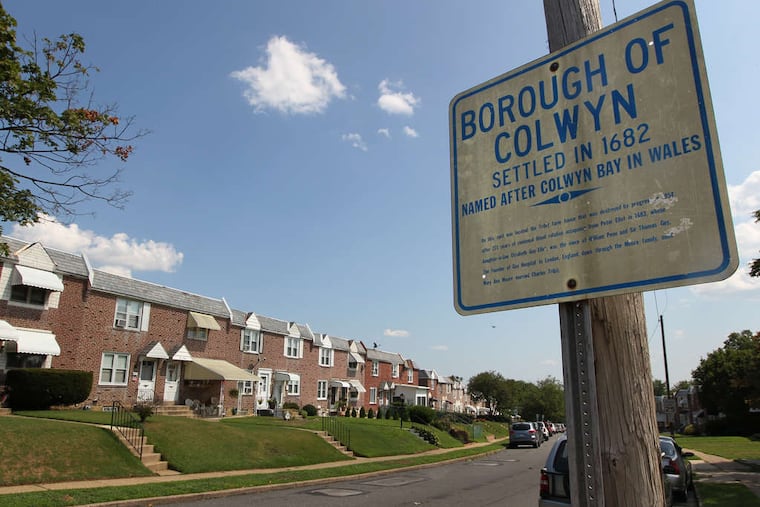Across America, cops are quitting. Here’s why that’s bad for public safety. | Opinion
From New York City to Norman, Okla., lawmakers who move to “defund” the police, or “reform” them by slashing payrolls, are playing a destructive game.

From New York City to Norman, Okla., lawmakers who move to “defund” the police, or “reform” them by slashing payrolls, are playing a destructive game.
